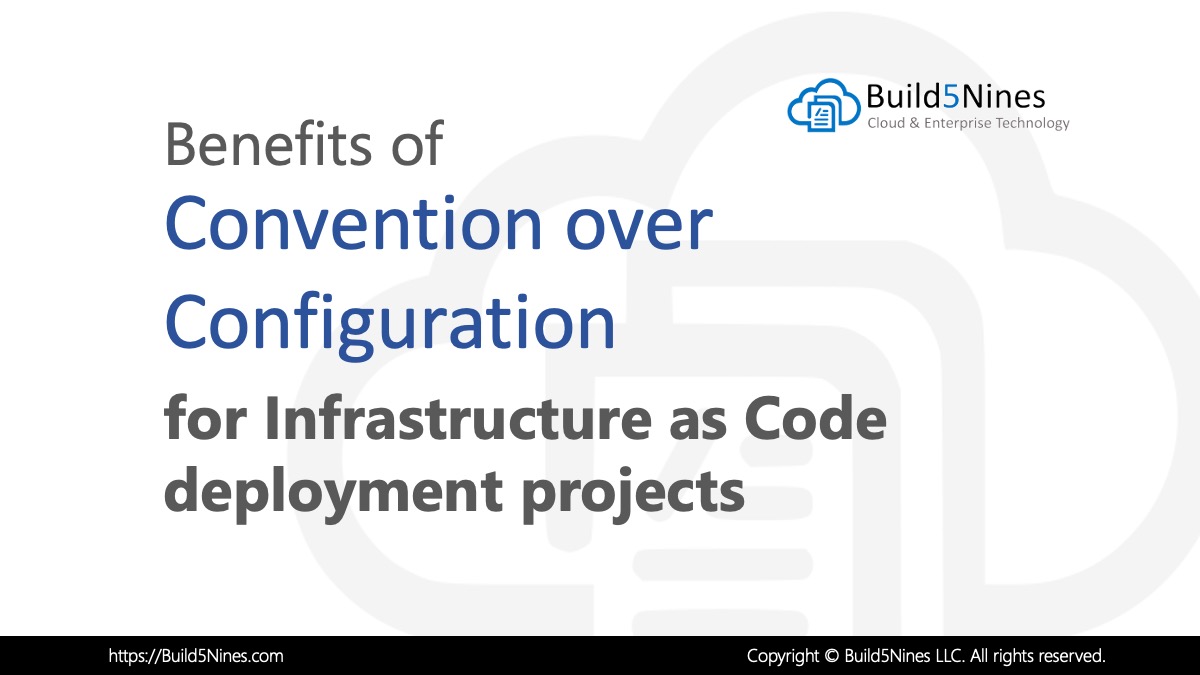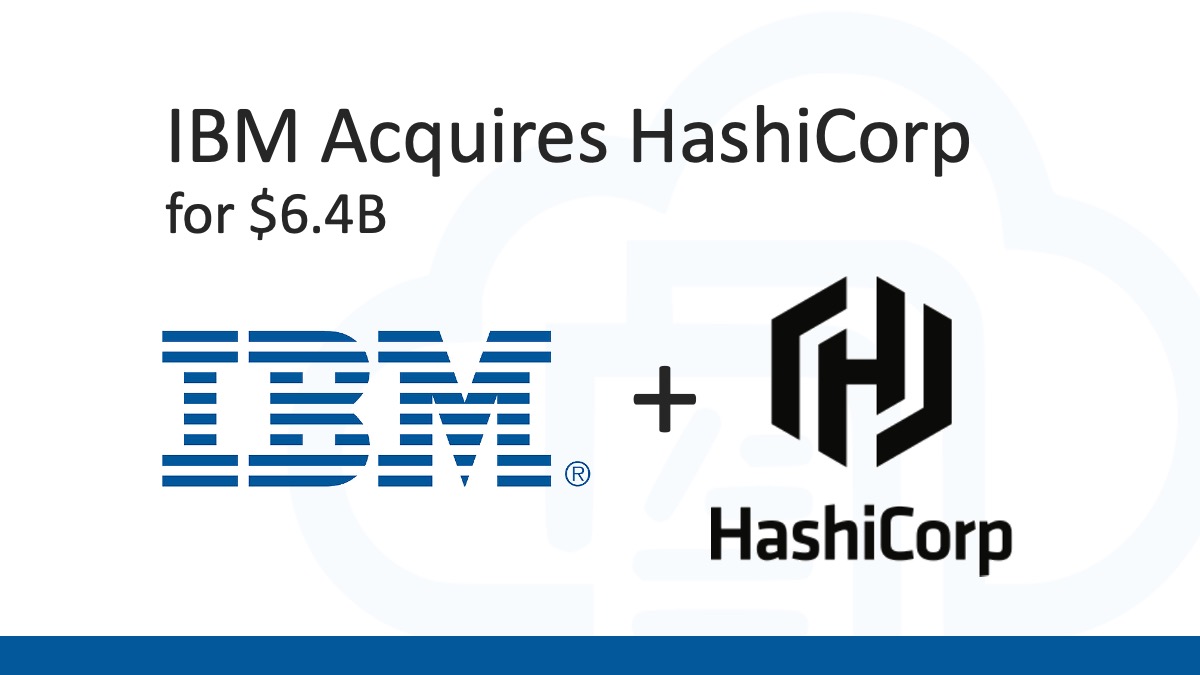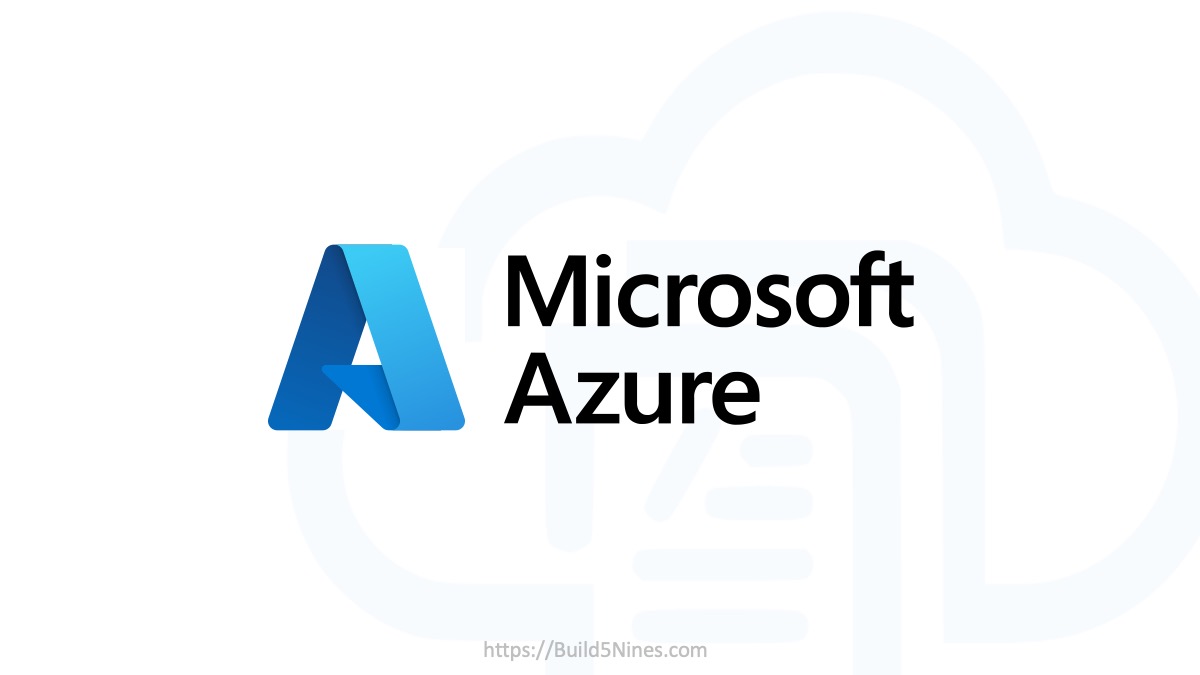There are tons of IoT devices available for prototyping and building Internet of Things (IoT) solutions. The Raspberry Pi 4 was recently released with some really great feature upgrades in this latest revision of the Raspberry Pi. In comparison, the NVIDIA Jetson Nano Developer Kit provides a board that offers a similar feature set. Upon initial comparison it appeared that they basically have the same features, with the Nano having an addition dedicated GPU on the board. Let’s compare the two boards and see what all the differences really are.
Table of Contents
Raspberry Pi 4
The Raspberry Pi 4 is an awesome little computer and IoT development board. It’s not really a low powered IoT device, but rather a great tool for prototyping and even for building IoT Gateway devices. The Raspberry Pi has a lot of great features, and the new Raspberry Pi 4 was recently released with some really great upgrades.
Compared to the previous Raspberry Pi 3 B+, the Raspberry Pi 4 B contains the following upgrades:
- Faster Processor – The CPU has been upgraded to a Quad-core Cortex-A72 (ARM v8) 64-bit SoC @ 1.5 Ghz
- More Memory – Multiple models are available in 1 GB, 2 GB, 4 GB, and 8 GB RAM options with LPDDR4-2400 SDRAM.
- Dual 4K Video – There are now 2 micro HDMI ports, both able to output 4K video; even in dual monitor configuration.
- 2x USB 3 and 2x USB 2 ports – Now instead of just 4x USB 2 ports, there are now 2x USB 3 ports for higher speed connection to peripherals and 2x USB 2 ports.
- USB-C power – The power connector for the board has been changed from micro-USB to a USB-C connector.
- I/O – 40 pin GPIO header (w/ support for I2C, SPI, and UART)
These are the main differences from the new Raspberry Pi 4 and the older Raspberry Pi 3. As a result, the new Raspberry Pi 4 has an increase in processing power, among other benefits, from the previous version of the board.
NVIDIA Jetson Nano Developer Kit
NVIDIA has released a few different IoT boards. The NVIDIA Jetson Nano is the latest board they’ve released. The board is available as a Developer Kit that contains all the inputs and connections necessary to use it for prototyping IoT solutions.
Here are some of the key compute features of the NVIDIA Jetson Nano Developer Kit:
- CPU – Quad-core ARM Cortex-A57 MPCore processor
- GPU – NVIDIA Maxwell w/ 128 NVIDIA CUDA cores
- Memory – 4 GB 64-bit LPDDR4 (2 GB version also available)
- Display – HDMI and DisplayPort output
- USB – 4x USB 3 ports
- I/O – I2C, SPI, UART, and Raspberry Pi compatible GPIO header
Related: NVIDIA has released a 2GB version of the Jetson Nano Developer Kit that is more affordable and also includes a USB wireless adapter.
The NVIDIA Jetson Nano Developer Kit provides a full compute solution (with integrated GPU) that can be used to prototype IoT solutions. The NVIDIA Jetson Nano Developer Kit is extensible though a really great selection of ports and interfaces, in addition to the CPU / GPU compute hardware fo the Jetson Nano compute module.

Raspberry Pi 4 vs NVIDIA Jetson Nano Specs Compared
As you can see from the above list of initial specs of both board, there certainly are some simularities. Let’s take a look at comparing the specifications of both the Raspberry Pi 4 and NVIDIA Jetson Nano Developer Kit.
Here are the specifications of both boards side-by-side:
| Raspberry Pi 4 | NVIDIA Jetson Nano | |
|---|---|---|
| CPU | Quad-core ARM Cortex-A72 64-bit @ 1.5 Ghz | Quad-Core ARM Cortex-A57 64-bit @ 1.42 Ghz |
| GPU | Broadcom VideoCore VI (32-bit) | NVIDIA Maxwell w/ 128 CUDA cores @ 921 Mhz |
| Memory | 4 GB LPDDR4** | 4 GB LPDDR4 (2 GB version also available)*** |
| Networking | Gigabit Ethernet / Wifi 802.11ac | Gigabit Ethernet / M.2 Key E (for Wifi support) (2 GB version includes USB Wireless adapter) |
| Display | 2x micro-HDMI (up to 4Kp60) | HDMI 2.0 and eDP 1.4 |
| USB | 2x USB 3.0, 2x USB 2.0 | 4x USB 3.0, USB 2.0 Micro-B |
| Other | 40-pin GPIO | 40-pin GPIO |
| Video Encode | H264(1080p30) | H.264/H.265 (4Kp30) |
| Video Decode | H.265(4Kp60), H.264(1080p60) | H.264/H.265 (4Kp60, 2x 4Kp30) |
| Camera | MIPI CSI port | MIPI CSI port |
| Storage | Micro-SD | Micro-SD |
| Price | $55 USD | $99 USD |
| Buy It | Buy It |
** The Raspberry Pi 4 comes in multiple options including 1 GB, 2 GB, 4 GB or 8GB RAM.
*** The NVIDIA Jetson Nano Developer Kit comes in multiple options including 2 GB or 4 GB RAM
Related: If you’re interested in the newer, lower cost 2 GB version of the NVIDIA Jetson Nano then we recommend you check out the “NVIDIA Releases Jetson Nano 3GB Developer Kit” article written by Chris Pietschmann.
As you can see, the primary features of the Raspberry Pi 4 and the NVIDIA Jetson Nano are extremely similar. Keep in mind there are a few differences not listed, as this is not a full list of each of the boards features. However, most of the features are the same or similar, with the exception of one.
Both are full single board computers built with ARM processors and 4 GB of RAM, plus a bunch of connectivity for peripherals. The Raspberry Pi 4 is also available in an option with 8GB of memory. The biggest difference in compute and graphics capabilities between these two boards is with the NVIDIA Jetson Nano including a higher performant, more capable GPU (graphics processor), while the Raspberry Pi 4 has a low power integrated multimedia GPU. Although, the price of the NVIDIA Jetson Nano is higher, so there is certainly a price to pay for access to the higher performance Maxwell GPU.

On a side note: The NVIDIA Maxwell GPU with 128 CUDA cores in the NVIDIA Jetson Nano is actually the same GPU found in the Nintendo Switch gaming console. Also in the Nintendo Switch is the Cortex-A57 CPU. The NVIDIA Jetson Nano CPU and GPU hardware is similar to the Nintendo Switch; with the exception that the Nintendo Switch has an additional four Cortex-A53 cores in it’s NVIDIA Tegra X1 SoC (System on a Chip) hardware. This certainly adds some more perspective on what’s possible with the NVIDIA Jetson Nano hardware.
Cortex-A57 vs A72 CPU Comparison
An ARM CPU (processor) is used in both the Raspberry Pi 4 and the NVIDIA Jetson Nano. The Raspberry Pi 4 actually has a newer ARM Cortex-A72 CPU; rather than the slightly older ARM Cortex-A57 in the NVIDIA Jetson Nano. However, the A57 in the NVIDIA Jetson Nano is still a newer CPU than the A53 used in the slightly older Raspberry Pi 3.
Let’s take a look at a side-by-side feature and specification of the two CPUs:
| Cortex-A72 | Cortex-A57 | |
|---|---|---|
| Board used | Raspberry Pi 4 | NVIDIA Jetson Nano |
| Microarchitecture | ARMv8-A 64-bit | ARMv8-A 64-bit |
| Cores | 4 | 4 |
| Clock speed | 1.5 Ghz | 1.42 Ghz |
| Manufacturing process | 28 nm | 20 nm? |
| L1 cache | 80 KiB (48 KiB I-cache with parity, 32 KiB D-cache with ECC) per core | 80 KiB (48 KiB I-cache with parity, 32 KiB D-cache with ECC) per core |
| L2 cache | 512 KiB to 4 MiB | 512 KiB to 2 MiB |
| L3 cache | None | None |
| Year CPU Released | 2015 | 2013 |
On the surface the two CPUs look almost identical. In fact they are really similar. The Cortex-A72 in the Raspberry Pi 4 is only one generation newer than the Cortex-A57 in the NVIDIA Jetson Nano. The newer A72 has a slightly higher clock speed, and was designed to use 20% less power or offer 90% greater performance than the A57.
On performance, it’s worth noting that Raspberry Pi states that the Raspberry Pi 4 Cortex-A72 is about 50% faster than the Raspberry Pi 3 B+ Cortex-A53 processor. Since the NVIDIA Jetson Nano uses a Cortex-A57 that sits in the middle between the two Raspberry Pi CPU generations, then the performance different between the Raspberry Pi 4 and NVIDIA Jetson Nano may not be as significant.
The newer Cortex-A72 CPU in the Raspberry Pi 4 appears to indicate more CPU processing power, over the Cortex-A57 in the NVIDIA Jetson Nano. This may mean the Raspberry Pi 4 is betters suited to use as a general purpose computer, or a low cost mini-desktop replacement. However, the more powerful GPU in the NVIDIA Jetson Nano gives it much greater capabilities for graphics work and even Artificial Intelligence (AI) and Machine Learning (ML) uses.
Operating System Comparison
There are generally a few Operating Systems you can run on Raspberry Pi hardware. With NVidia Jetson Nano, the Jetson Nano Developer Kit SD Card Image you download from NVidia will provide just a single OS which is Ubuntu.
Here’s a look at different Operating Systems that can run on the different boards:
NVidia Jetson Nano
- Ubuntu 18.04 LTS (via the Jetson Nano Developer Kit SD Card Image)
Raspberry Pi 4
- Raspbian
- Ubuntu 20.04 LTS
- Windows 10 IoT Core
There may be more community builds of operating systems that can be run on both of these boards, but these are the operating systems that have well known support for them. Additionally, over time there may be more operating system options available as well.

Wrap Up
Obviously the hardware specs, and of course price, are just initial areas that will help determine which board best fits your needs. The Operating System and software capabilities will definitely affect this as well. Both of these boards run Linux and have pretty much the same capabilities. As a result, the programming and SDK support for the boards would also make an impact on the decision if everything were equal. However, if you need to build Artificial Intelligence (AI) and Machine Learning (ML) projects, then the NVIDIA Jetson Nano having a full blown GPU will likely be the board chosen.
Which of these two boards are you looking to buy? Or, have you already purchased one? Please leave a comment and let us know your thoughts!






 Benefits of Convention over Configuration for IaC Deployment Projects
Benefits of Convention over Configuration for IaC Deployment Projects
 Analyzing IBM’s Acquisition of HashiCorp: A Game-Changer in Hybrid Cloud Management
Analyzing IBM’s Acquisition of HashiCorp: A Game-Changer in Hybrid Cloud Management
 Terraform: Modules using Git Branch as Source
Terraform: Modules using Git Branch as Source
 Azure CDN POP Locations: Interactive Map of Azure CDN Points of Presence
Azure CDN POP Locations: Interactive Map of Azure CDN Points of Presence
 Azure Functions: Extend Execution Timeout Past 5 Minutes
Azure Functions: Extend Execution Timeout Past 5 Minutes

If you are looking for a small embedded board for working on AI projects related to computer vision and deep learning, the NVIDIA solutions are the best. Today, almost every AI library supports CUDA, and 128 cores on NVIDIA Jetson makes the difference between Raspberry Pi boards. However, if your work is not related to GPU computing, Raspberry PI boards is one of the best choice today.
The raspberry’s SOC includes a GPU, a Broadcom VideoCore VI
Raspberry PI 4 is not anymore a IoT development board. The target of this device is not anymore the makers.
Any possible mistake have been done.
Look like at respberry HQ they forget that the value of the raspberry PI without the community is below zero.
This is just laughable… Or better is just pathetic
Actually you can use the RPi with CPU-only C-coded AI frameworks. Especially if the learning has been done elsewhere and you just use it pre-trained.
But I expect that the Nvidia’s board will excell with better Linux support of the GPU. I mean drivers and video encoding offload. E.t. if Nvidia can encode VP9 and RPi can’t, then all WEB-video enthusiasts should chose Nvidia (or Intel w Intel Graphics). The WEB video is often overlooked by vendors even as big as AMD and Microsoft (with their MSIE, the newest Edge works).
Ubuntu on a Pi runs like a pig, where as Raspbian is much lighter. This is a significant blow against the Jetson for general GUI work. Experts may work past this, but it remains the out of the box experience for most users.
Getting a proper power supply to the Jetson Nano can be a real pain. I gave up and run it in the lower voltage setting, which is slower. Otherwise it just shuts off randomly.
Usb C power on the PI is much smarter, and for embedded AI, the Google Edge TPU is a faster/better solution for common tasks like object recognition.
There is also a USB 3 bandwidth problem on the Jetson Nano. You can’t get good framerates with an RGBD camera like the realsense or structure core on it.